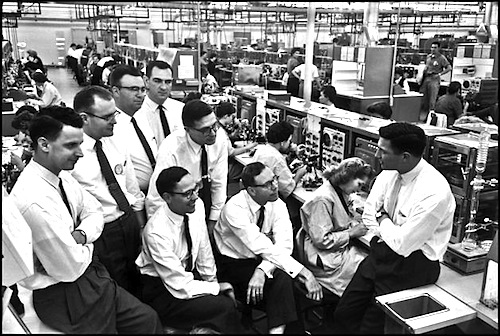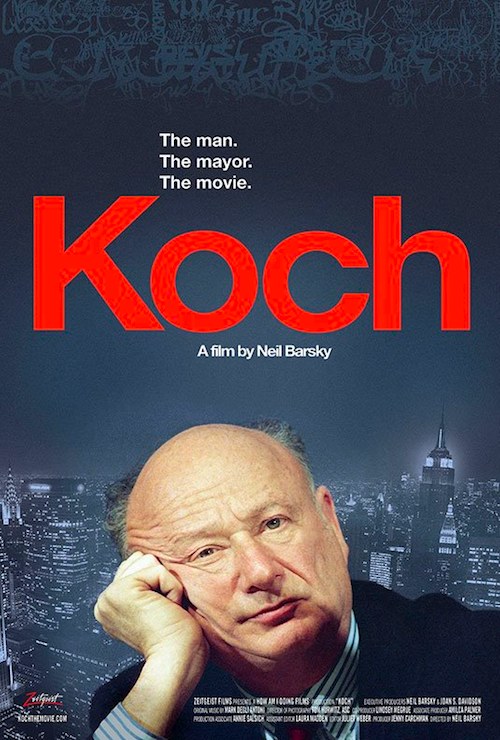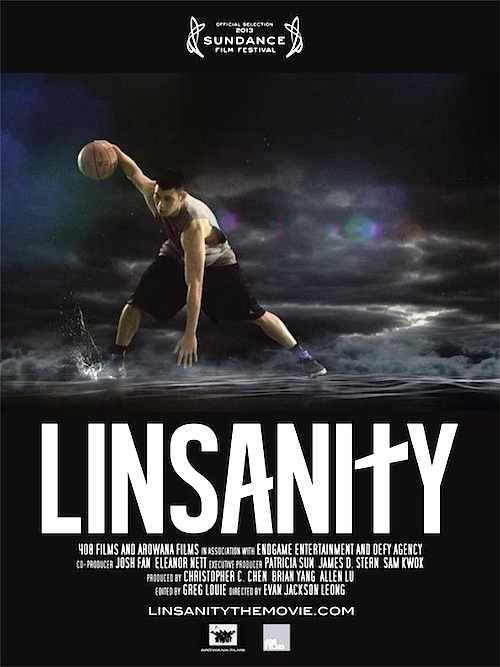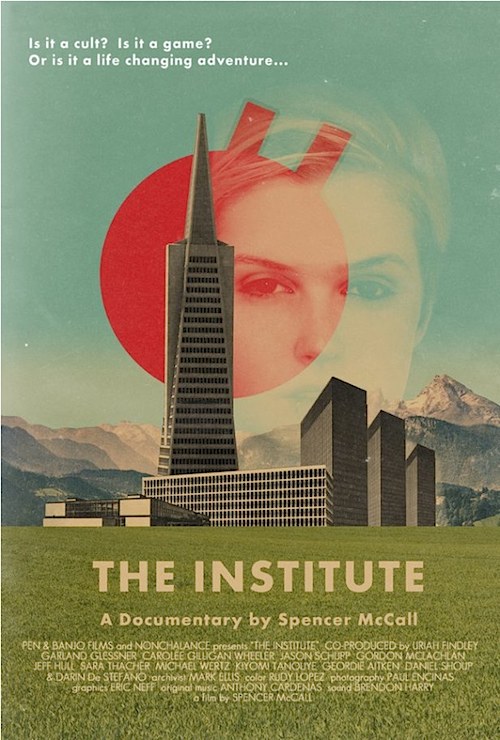By Joe Bendel. Tzvetanka Gosheva was an oncology specialist forbidden to tell her patients they had cancer. This is how medicine was practiced in Bulgaria during the Soviet era. It wasn’t pretty. Gosheva endured the horrors of war and subsequent absurdities of Communist oppression, living to tell the tale to her filmmaker grandson Youlian Tabakov in Tzvetanka, which screens again today as a selection of MoMA’s 2013 Documentary Fortnight.
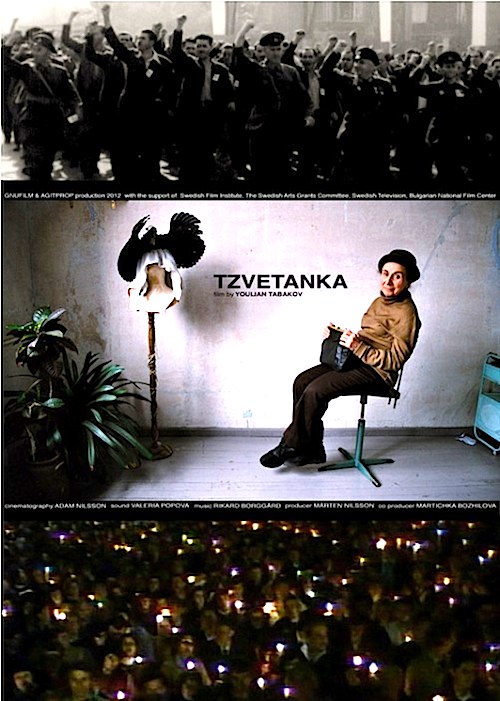 Born in 1926 to a prosperous shop-owner, Gosheva’s family would carry the “Bourgeoisie” label like an albatross during the Communist years. While she recalls vivid memories of the bombings, her real experiences with terror began post-war when her father was picked up for a “brief interrogation.” Despite eventually having both parents branded class enemies and sentenced to labor camps, Gosheva somehow was admitted to university. She wanted medical studies but was initially accepted as an English student, which seems doubly ironic given her suspect background, but that was how the Socialist system worked.
Born in 1926 to a prosperous shop-owner, Gosheva’s family would carry the “Bourgeoisie” label like an albatross during the Communist years. While she recalls vivid memories of the bombings, her real experiences with terror began post-war when her father was picked up for a “brief interrogation.” Despite eventually having both parents branded class enemies and sentenced to labor camps, Gosheva somehow was admitted to university. She wanted medical studies but was initially accepted as an English student, which seems doubly ironic given her suspect background, but that was how the Socialist system worked.
Gosheva passed away in the late 2000’s, but she obviously left behind an extensive oral history and some surprisingly playful footage (sometime bordering on the surreal). Tabakov does not take a traditional talking head approach. Instead, he creates impressionistic imagery to accompany his grandmother’s recollections. Sometimes they are rather whimsical, but probably the most striking visual is the blood droplets turning into a crimson rain (not unlike the original Shining trailer) that perfectly fit her discussion of the post-war purges and show trials her parents were caught up in.
At times, Tabakov really pushes the hipster envelope with his post-modern visual style. However, he always gives Gosheva her full say, which ultimately keeps the film grounded in reality. Viewers quickly learn to appreciate her resiliency and keen powers of observation. She makes no secret of her contempt for the so-called “former Communists,” whom she calls out for deliberately undermining Bulgarian democracy. Bulgaria will miss her, even if most of her countrymen do not realize it.
At least Tabakov has preserved her memory and her spirit. His Tzvetanka might be a bit eccentric as eulogies go, but avoiding the maudlin seems perfectly in keeping with its subject. Recommended for students of the Soviet era as well as those fascinated by intensely personal family histories, Tzvetanka screens again this afternoon (2/18) as part of MoMA’s Documentary Fortnight.
LFM GRADE: A-
Posted on February 18th, 2013 at 2:47pm.
